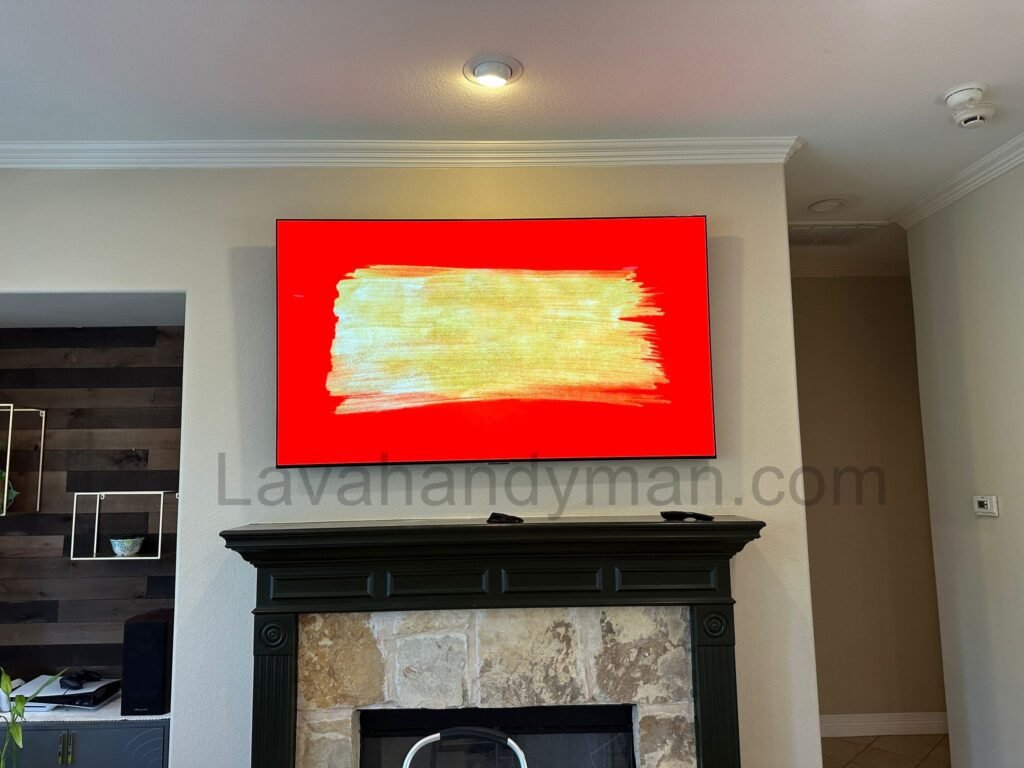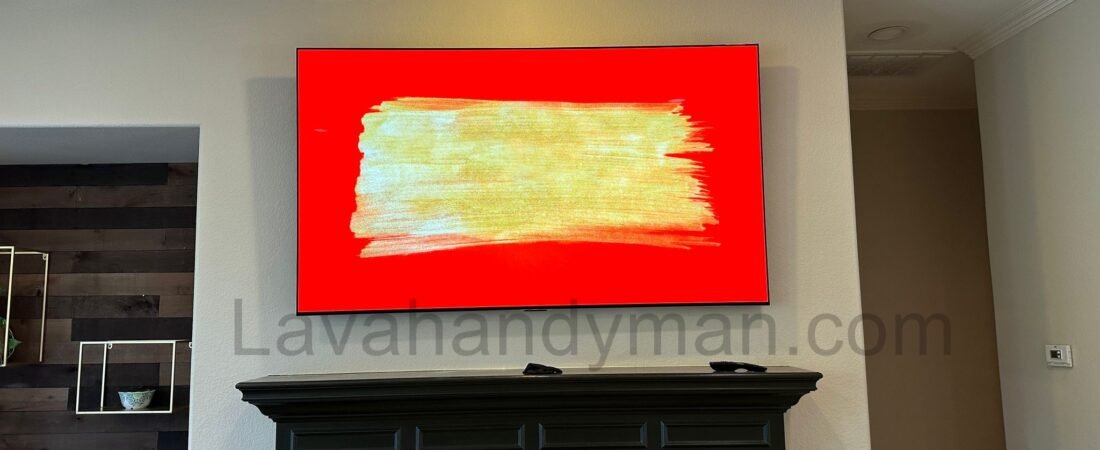Power Consumption in Different TVs and Their Energy Efficiency
TVs are one of the most power-consuming household devices, significantly impacting electricity consumption and energy costs. With technological advancements, TV manufacturers have been striving to produce devices with higher energy efficiency. In this article, we will examine the power consumption of different types of TVs and explore ways to reduce TV energy consumption. We’ll also help you choose an energy-efficient TV when making a purchase.

1. Factors Affecting TV Energy Consumption
Several factors influence the energy consumption of a TV:
✅ Display Panel Type: Panels like OLED, LED, QLED, and Mini-LED have different power consumption levels.
✅ Screen Size: Larger TVs typically consume more energy.
✅ Refresh Rate: TVs with 120Hz or 240Hz refresh rates consume more power compared to 60Hz models.
✅ Brightness Level: Higher brightness means higher energy consumption.
✅ Smart Features & Image Processing: TVs with advanced processors and AI-based image enhancement often use more electricity.
💡 Tip: Before buying a TV, it’s essential to check its specifications and energy rating label. For energy-efficient options, visit Lavahandyman.com.
Power Consumption in Different TVs and Their Energy Efficiency
2. Energy Consumption Comparison of Different TV Types
🔹 OLED: Since pixels turn off individually in dark scenes, OLED displays consume less power in such cases. However, at maximum brightness, they may use more power than LED TVs.
🔹 LED & LCD: These TVs require backlighting, which increases energy consumption. Full-Array LED models consume more power than Edge-Lit LED TVs.
🔹 QLED & Mini-LED: These technologies have energy consumption similar to LEDs but use more power at higher brightness levels.
🔹 Micro-LED: A new display technology that consumes less power than both OLED and LED, offering higher energy efficiency.
Power Consumption in Different TVs and Their Energy Efficiency
3. How to Reduce TV Energy Consumption
✅ Enable Energy-Saving Mode (Eco Mode): This feature reduces brightness and optimizes power usage.
✅ Turn Off the TV When Not in Use: Standby mode still consumes energy, so it’s better to turn off the TV completely.
✅ Use Automatic Brightness Adjustment: TVs with Adaptive Brightness adjust screen brightness according to ambient light, saving energy.
✅ Keep Your TV Software Updated: Some firmware updates include energy-saving optimizations.
✅ Use a Smart Power Strip: These devices cut off power completely when the TV is turned off, preventing unnecessary consumption.
🚀 For more energy-saving tips, visit Lavahandyman.com.
Power Consumption in Different TVs and Their Energy Efficiency

4. Energy Standards & Energy-Efficient TVs
Many modern TVs come with energy efficiency certifications like Energy Star, indicating optimized power consumption. 8K TVs generally use more electricity than 4K models, but brands like Samsung, LG, and Sony have developed technologies to reduce power usage in these high-resolution displays.
💡 Our Recommendation: Always check the energy rating label before purchasing a TV to ensure it is energy-efficient. For expert guidance, visit Lavahandyman.com.
🌟 LED and OLED: The Modern Energy-Saving Choices
LED TVs (a type of LCD) use light-emitting diodes as backlighting, making them significantly more energy-efficient—typically consuming 30% to 70% less power than plasma TVs. OLED TVs, which have self-lit pixels, consume even less power especially when displaying black or darker images, offering excellent energy performance.
🔌 How Screen Size and Resolution Affect Power Usage
Screen size and resolution also influence a TV’s energy consumption. A 43-inch 4K TV may consume between 60 to 100 watts, whereas a larger 75-inch model can use 150 to 300 watts or more. The higher the pixel count (like in 8K TVs), the more processing power is needed, leading to increased energy use.
Conclusion
🔹 Display type, screen size, and brightness levels directly affect TV power consumption.
🔹 Activating energy-saving settings can significantly reduce electricity costs.
🔹 OLED and Micro-LED TVs are generally more energy-efficient than traditional LEDs.
🔹 Energy-certified TVs are a better choice for reducing electricity bills.
At LavaHandyman.com, we don’t just help you understand TV tech — we also offer expert TV installation services, making sure your home entertainment setup looks and performs at its best.
📞 Need Help?
Let us take care of the hard work while you sit back and relax.
📍 Serving: Austin, Round Rock, Cedar Park & more
📱 Call or Text: (737) 420-6992
🌐 Visit: https://lavahandyman.com


